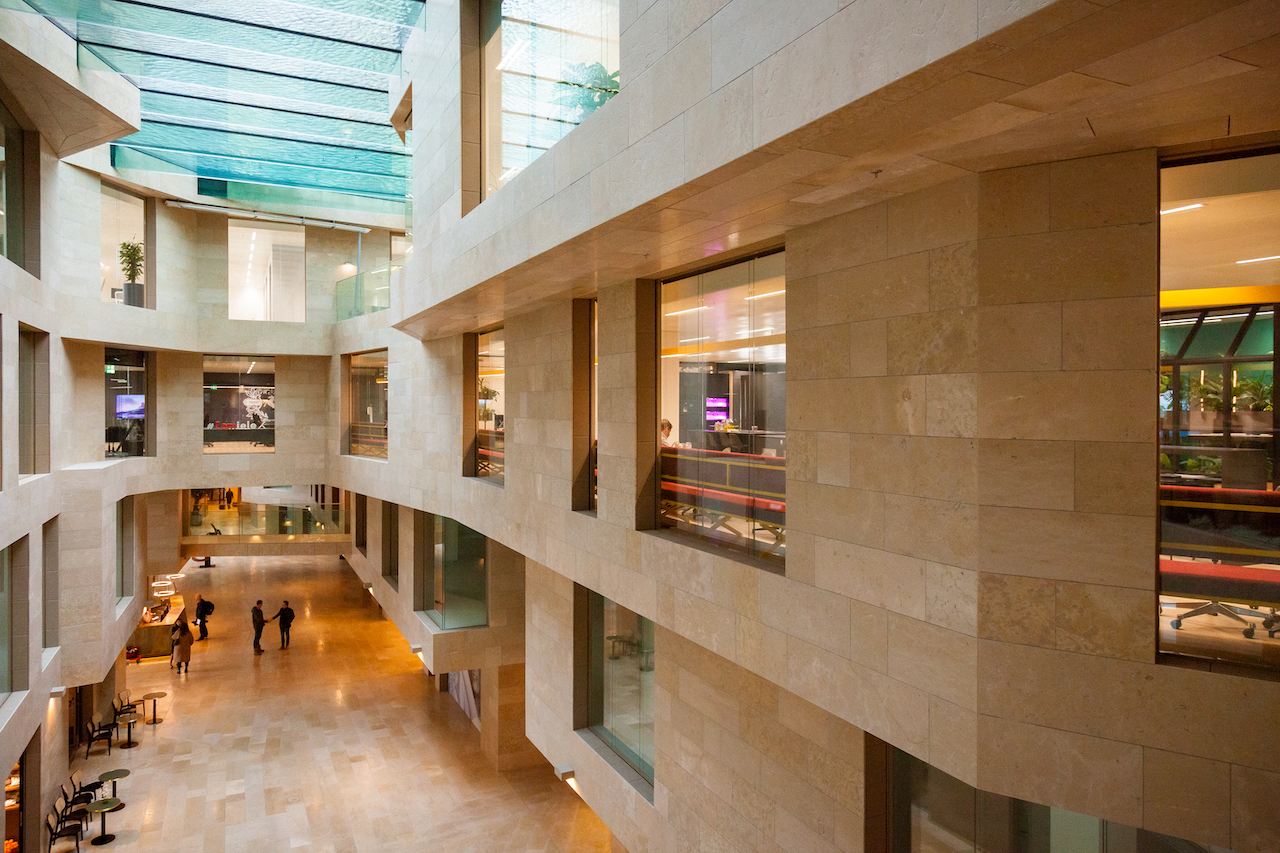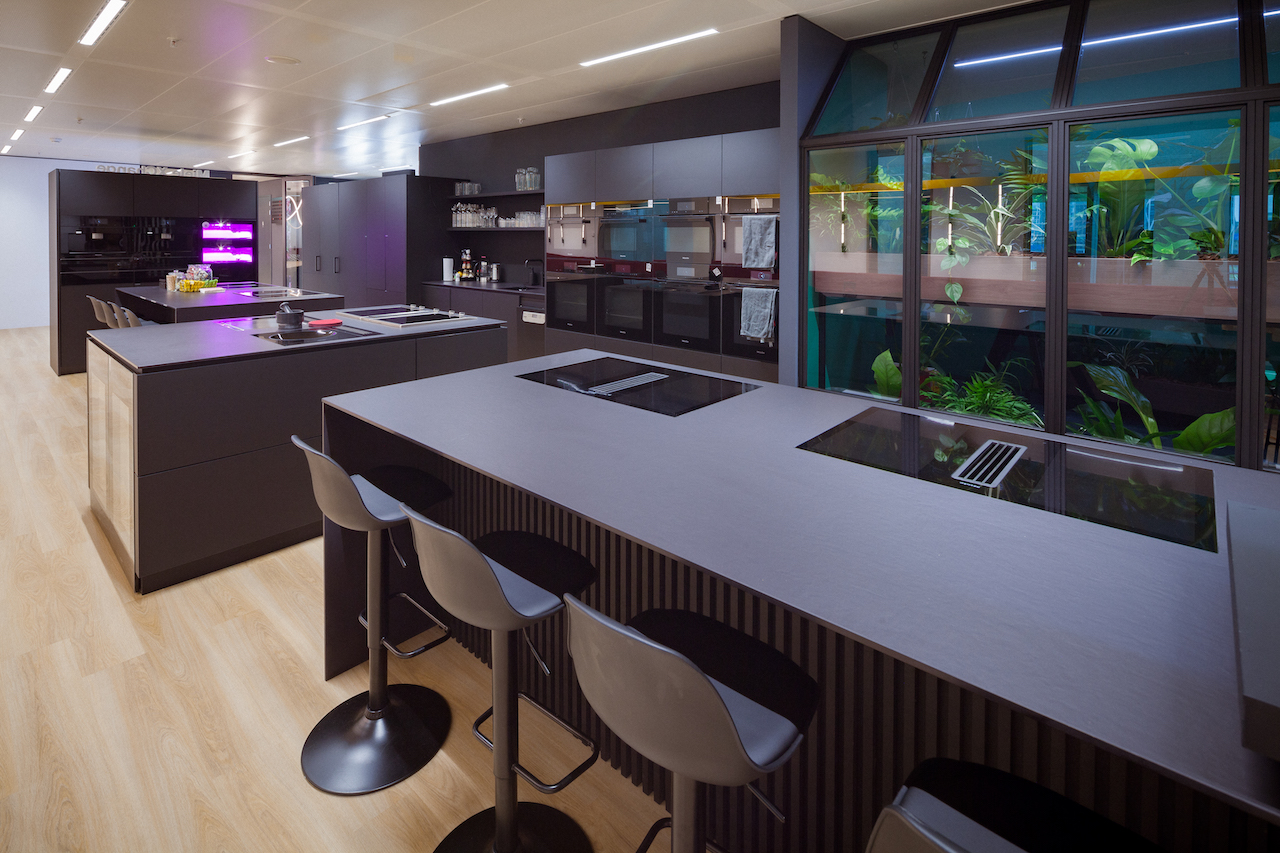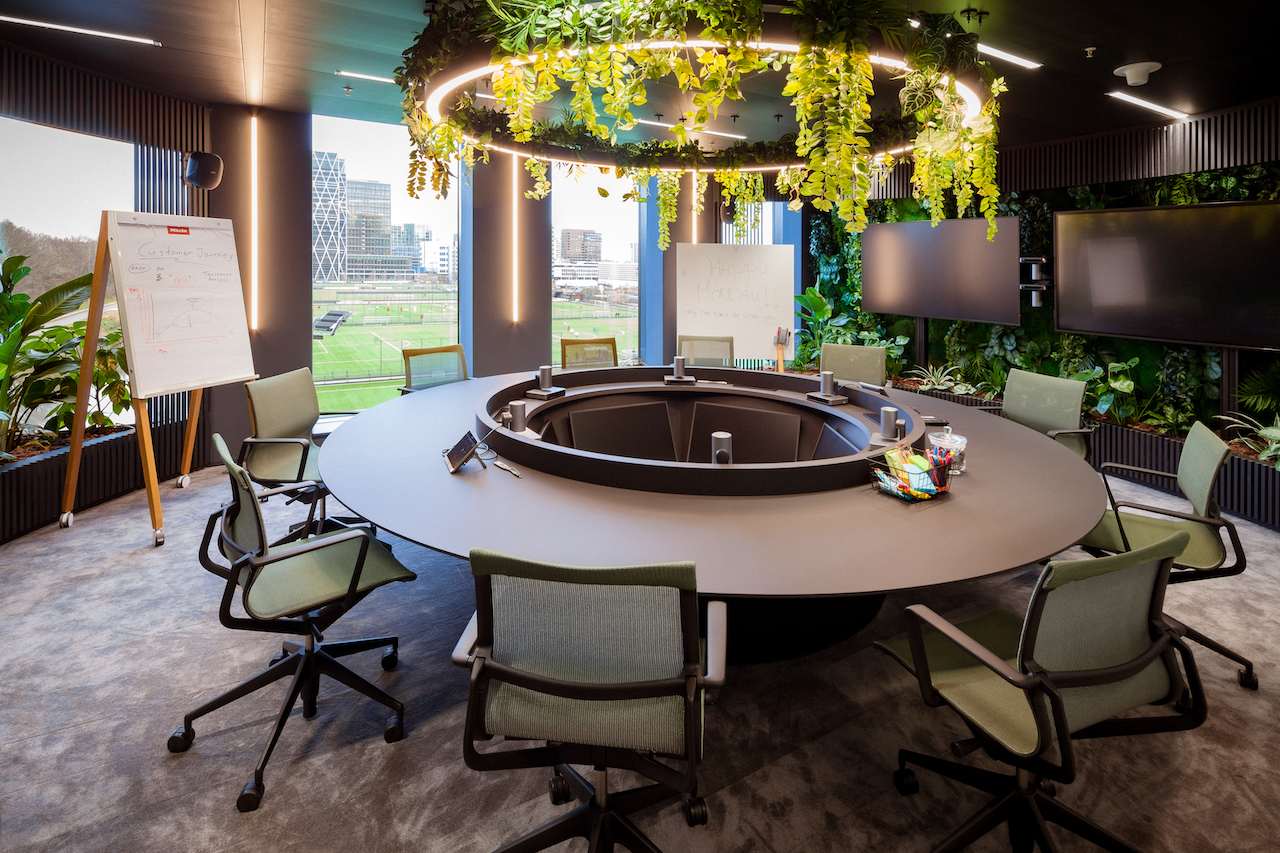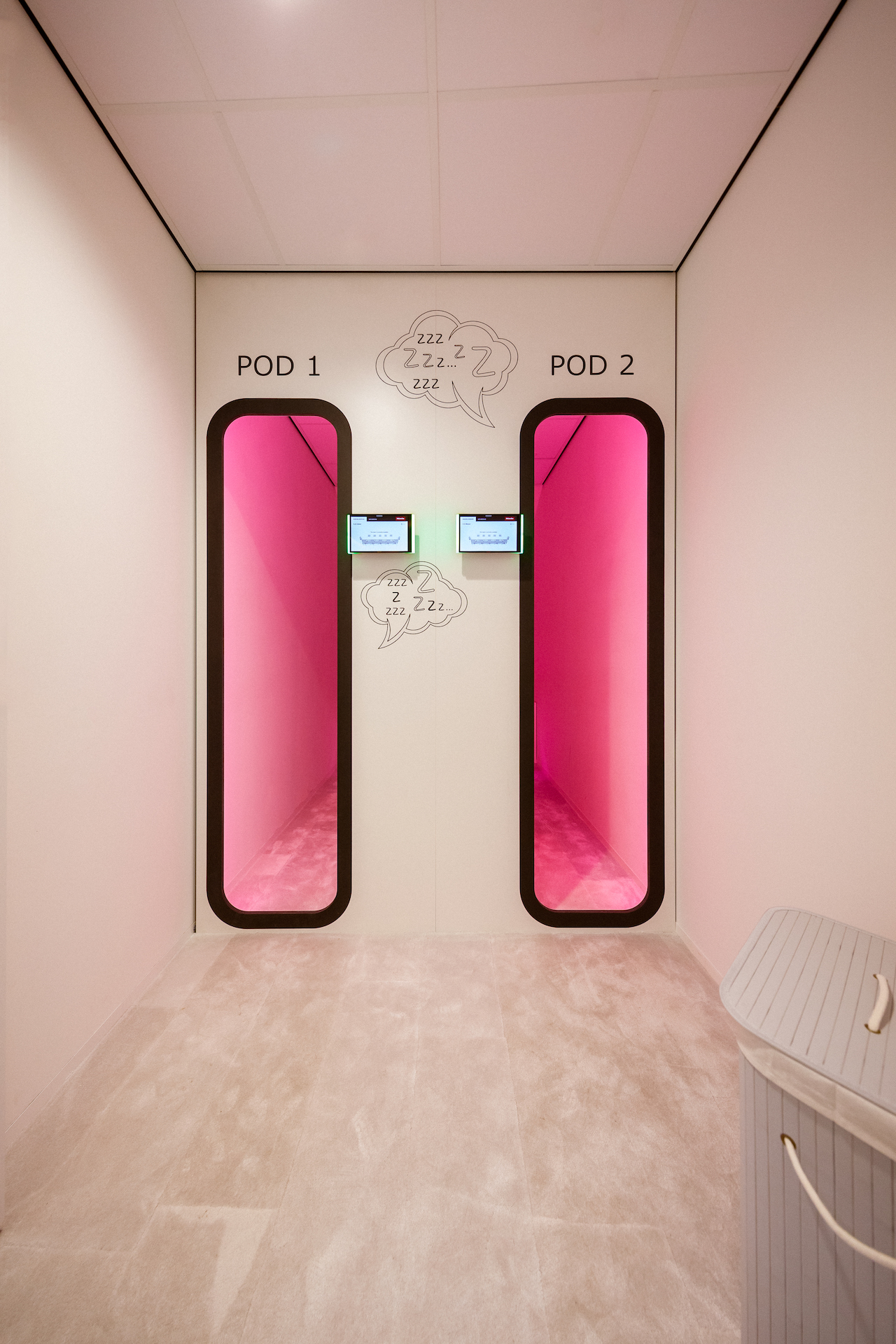
No matter who your favourite character was, The Office (both the UK or US versions, let’s not get into a fight here) became an iconic series because it played on one thing we all know to be true: offices are boring.
The tech industry tried to change all that by infusing some ‘fun’ into the office. Their plan was to attract adults to the workplace with bright colours, slides, rock walls, and a relaxed dress code, echoing kid’s jungle gyms. They did away with the cubicles of the 90s and introduced open office plans, assuming that having people from different teams rubbing shoulders would surely boost collaboration, camaraderie, and innovation.
The pandemic proved they were wrong. After getting a taste of the comforts of working from home, many employees haven’t had the inclination to return. Employers have either tried to wrestle employees back to the office, or given in and let them stay home. Those opting for the latter have faced waves of employees turning in their notices in favour of employers who offer flexible work options.
Is the office finally dead?
Why it’s impossible to design the perfect office
One of the main challenges offices face is that they’re filled with people. People who all expect something different from their workplace.
While for analysts on your team, data security is a top priority, for the digital marketing team, broadcasting the cool new innovations the team is coming up with may be more important.
Likewise, it’s a well-known fact that some people need peace and quiet to do their best work, while others need people to bounce ideas off of. A recent study into personalities in the workplace by experts from the University of Arizona and California State found that extroverted workers focus better and are happier in open office plans. Meanwhile, those who are high on neuroticism struggle with open floor plans.
There’s not just a difference in personalities but also circumstances: a father of two young kids may have different needs than his colleague who’s a single dog parent.
Aside from these differences, new workplace and technology trends are continuously cropping up and shifting attitudes. Mental health, diversity and inclusion, and data protection are just a few issues that are top of managers’ minds.
So can you actually build a workplace that’s flexible enough to work for everybody?
I visited Miele X’s new home in Amsterdam’s modern new office building “The Valley” to find out.

A digital approach to office design
When you first step out of the elevator onto Miele X’s floor, you encounter a display case of curiosities: an early prototype of a washer that oddly resembles a butter churner and a 1950s vacuum, all part of the company’s history.
A friendly receptionist met me at the entrance and brought me through to what looked like a large modern kitchen. Some people were chopping up vegetables or clipping herbs from a mini greenhouse, while others were sitting and chatting at cafe-style tables.

As my host Matea Fogec, External Communications Manager, explained, what they aim to build isn’t an office but a home away from home where people can’t just get a coffee but also wash their clothes, do some yoga, and cook a meal together.
But how do you build a work environment that’s suitable for the wide and varied uses of e-commerce, data & analytics, digital marketing, operations, and other departments? They decided to take an agile approach to the problem.
A team of project managers began breaking up the project into dev-style sprints. To ensure everyone’s voice was included, they collected feedback on the must-haves and nice to haves. During an “architect café,” they recruited interested teammates to vote on the final designs.
Of course, not every suggestion could be taken on board. As the Community Space project manager and Head of Agile PMO, Markus Herfert, explained:
“A treadmill meeting room concept was rejected because there wasn’t enough value for money. In the end, it was always a question if a concept fits the overall approach and design, user/employee centricity, and value for money.”
In the final stages of the project, they had a team of volunteer ‘superusers’ come and test out the space for two weeks.
So what features made the final cut?
As more remote jobs pop up, employers are realising they need to give people a real reason to come to the office (other than “upper management is making me”).
Miele X outfitted their space with tech–backed work gadgets that enhance both the way teams work and how they collaborate.
There’s a device wall which gives Miele X teams and guests insights into the variety of content displayed on different device types including smartphones, tablets, and laptops. A user testing area, including a one-sided mirror, allows teams to invite focus groups to test products on-site.
There’s even a strategy meeting room, where the windows can be fogged up to keep upcoming innovations safe from wandering eyes.
Finally, perhaps the most practical feature for all teams is a 360-degree boardroom that makes dial-in meetings a lot less awkward and a lot more inclusive as everyone appears face to face on screen, and mics are automatically turned off and on based on who’s speaking.

This is great for employees like Tiny Nguyen, CRM Marketing Automation Manager B2B/Professional at Miele X, who’s in a team that’s spread between Amsterdam and Germany.
“People dialling in from Germany don’t feel they’re missing out because they can see everyone’s faces and hear everyone perfectly as if they were in the room,” she says.
All these digital marvels are wonderful, but how do they solve the office personality problem?
Rather than choosing between open office plans and the cubicles of yore, Miele X allows employees to choose a workstation that suits the task at hand.
The layout follows a circular design, snaking around an open central atrium. As you walk along this pathway, you’ll come across a combination of meeting rooms and open office spaces. Those wanting more privacy can take refuge in the private nooks built for one or two, or semi-private workspaces in the shape of ski lifts and a rickshaw.

Most important of all, its circular shape means noise doesn’t travel. So while the operations team may be chattering away in an open camper van, the noise dies off as soon as you turn the corner.
The best part is, the layouts aren’t permanent. Walls can be moved to make new rooms of different sizes, for different purposes.
The challenge offices face today is competing against the comforts of home. That’s why Miele X made sure to include creature comforts that employees won’t miss when deciding to go in to work, like:
- A laundry room with Miele devices to wash, dry, and steam clothing
- A fully equipped family-style Miele kitchen to cook and share meals together
- Fully equipped, dedicated rooms for meditation/prayer, maternity, and recreation/yoga
- Japanese-style sleeping pods
- A dehumidifier room that drys wet clothes in minutes

The perfect work environment…
So is Miele X’s Community Space a land in the clouds where employees hold hands and sing songs around the indoor caravan? No.
There’s no such thing as perfection, but you can always strive for better, as Miele’s motto “Immer Besser” posits.
People’s needs change as social factors, technology, and the way we work change. Just a few years ago, social distancing was a major need when bringing people back together. In the future, emerging work trends like the use of generative AI may present new needs. The point is, you always need to be rethinking, redesigning, and checking in with your team.
That’s why Miele X is already thinking about the next iterations moving forward.
Aside from running regular satisfaction surveys, they’ve placed QR codes to invite feedback in areas where they see potential for improvement, and they collect data on the usage of call cabins, meeting rooms, desks, and general occupancy.
“It’s in our DNA to challenge the status quo, so it will be an ongoing process to change, update, and upgrade,” says Fogec.






